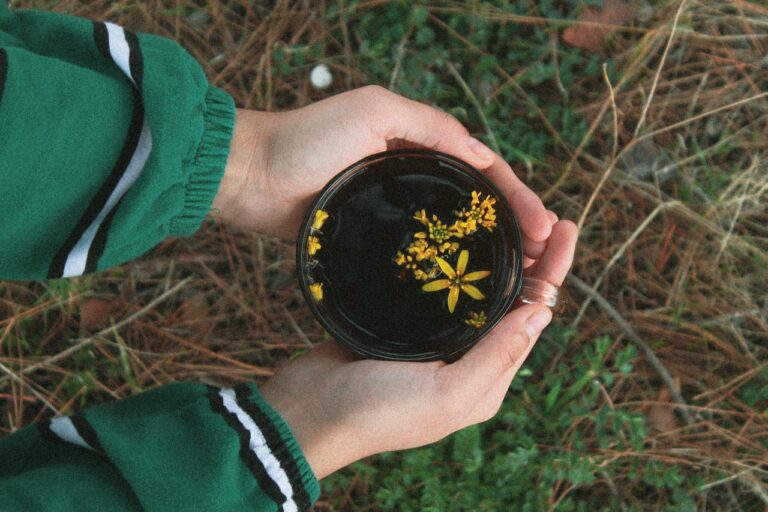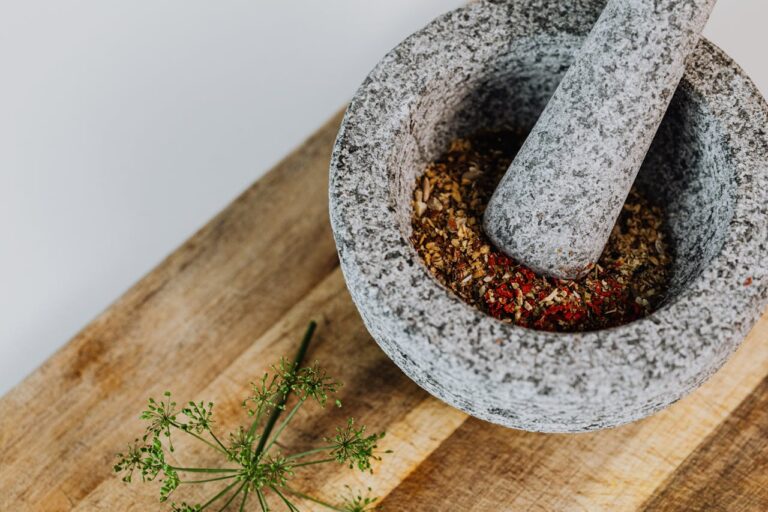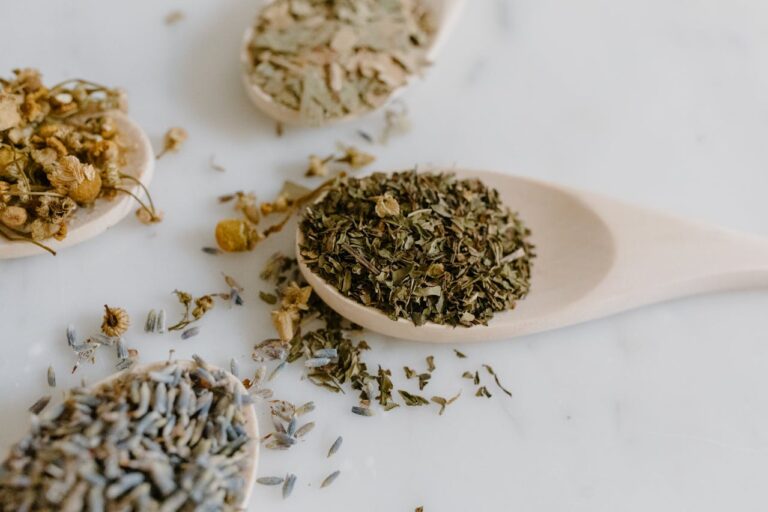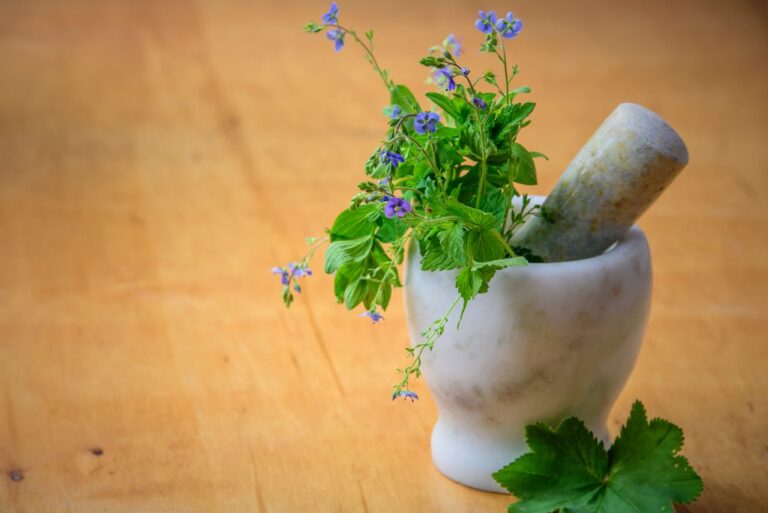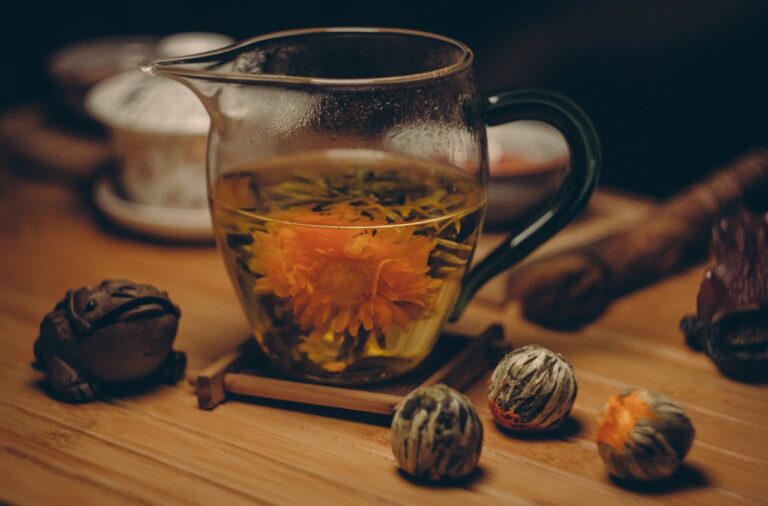Introduction
Have you ever tried an herbal remedy and felt like it wasn’t working as well as you hoped? Or maybe you’ve taken multiple herbs at different times, wondering if they’re truly complementing each other. The secret to unlocking the full potential of herbal medicine lies in herbal stacking—the strategic combination of herbs to enhance their benefits and promote overall well-being.
In this article, we’ll explore the science and tradition behind herbal stacking, how to pair herbs effectively, and simple formulas to get started. Whether you’re looking to boost immunity, improve digestion, or reduce stress, mastering herbal stacking can transform the way you use natural remedies.
Why Single Herbs May Not Be Enough
Many people turn to herbs for relief from common ailments like fatigue, digestive issues, and stress. But sometimes, a single herb doesn’t provide the full effect they’re hoping for. Why?
- Limited Synergy – Some herbs work better when combined with complementary herbs that enhance absorption or balance their effects.
- Body Adaptation – The body can sometimes adjust to a single herb over time, reducing its effectiveness.
- Multiple Benefits Needed – Many health concerns require a holistic approach. A single herb may only target one aspect of an issue.
This is where herbal stacking comes in. When done correctly, it can amplify healing properties, provide well-rounded benefits, and improve your overall health.
The Downside of Randomly Mixing Herbs
While herbal stacking has incredible benefits, randomly combining herbs can do more harm than good. Some combinations may cancel each other out, while others could lead to unwanted side effects. Here are common mistakes people make:
- Overloading the body – Using too many herbs at once can overwhelm the system.
- Combining conflicting herbs – Some herbs have opposite effects (e.g., stimulating vs. sedative), leading to an imbalance.
- Ignoring proper dosages – More isn’t always better. Proper ratios are key to safe and effective herbal stacking.
Without the right knowledge, it’s easy to waste money on herbs that aren’t working together efficiently. The good news? With a little guidance, you can create powerful herbal stacks that maximize healing without the guesswork.
How to Effectively Stack Herbs
Herbal stacking follows key principles to ensure safety, synergy, and effectiveness. Here’s how you can start creating your own herbal stacks:
1. Understand the Categories of Herbs
Herbs generally fall into different categories based on their effects. Understanding these categories helps in creating effective combinations:
- Adaptogens (help the body adapt to stress) – Ashwagandha, Rhodiola, Ginseng
- Nervines (support the nervous system) – Chamomile, Lemon Balm, Passionflower
- Digestive Aids (support gut health) – Ginger, Peppermint, Fennel
- Anti-Inflammatories (reduce inflammation) – Turmeric, Boswellia, Willow Bark
- Immune Boosters (enhance immunity) – Echinacea, Elderberry, Astragalus
2. Pair Herbs for Synergy
Certain herbs work exceptionally well together, enhancing each other’s effects. Here are some powerful pairings:
- Stress & Anxiety Relief: Ashwagandha + Lemon Balm + Chamomile
- Digestive Health: Ginger + Peppermint + Fennel
- Immune Boosting: Echinacea + Elderberry + Astragalus
- Pain & Inflammation Reduction: Turmeric + Boswellia + Ginger
3. Use the Right Delivery Methods
Herbs can be consumed in different ways, and the method of intake can impact effectiveness. Consider these methods:
- Teas – Best for mild to moderate effects (e.g., chamomile for relaxation).
- Tinctures – Concentrated liquid extracts for quick absorption.
- Capsules/Powders – Easy to dose for long-term use.
- Infused Oils & Salves – Great for topical pain relief and skin health.
4. Follow Proper Dosages & Cycles
To prevent overuse and ensure effectiveness:
- Start with low doses and increase gradually.
- Cycle herbs (e.g., take adaptogens for 6-8 weeks, then take a break).
- Listen to your body—adjust based on how you feel.
Simple Herbal Stack Recipes to Try
Calm & Relaxation Stack (Great for stress and anxiety)
- 1 tsp Ashwagandha powder
- 1 tsp Lemon Balm tea
- 1 tsp Chamomile tea
- Steep in hot water for 10 minutes and enjoy before bedtime.
Digestive Support Stack (Relieves bloating & promotes gut health)
- ½ tsp Ginger powder
- ½ tsp Fennel seeds
- ½ tsp Peppermint leaves
- Steep in hot water for 5-10 minutes and drink after meals.
Inflammation & Pain Relief Stack (Supports joint & muscle health)
- ½ tsp Turmeric powder
- ½ tsp Boswellia extract
- ¼ tsp Black Pepper (enhances turmeric absorption)
- Mix into a smoothie or take in capsule form.
Final Tips for Success
- Keep a journal – Track what works best for you.
- Buy high-quality herbs – Organic and sustainably sourced herbs ensure purity and potency.
- Consult a professional – If you have any medical conditions, talk to a healthcare provider before starting herbal stacks.
Conclusion
Herbal stacking is a powerful way to enhance the benefits of natural remedies. By pairing the right herbs, using proper dosages, and choosing the best delivery methods, you can create effective, personalized herbal stacks to support your health.
Start small, experiment, and let nature’s wisdom guide your healing journey. Your body will thank you for it!
Disclaimer:
This article is for informational purposes only and does not constitute medical advice. Always consult with a healthcare professional before using herbs, especially if you are pregnant, nursing, or taking medication.


